With his easy manner and dapper clothes, this notorious serial murderer of the 1940s looked every inch a solicitor. But behind the mask lay a penchant for murdering wealthy people, then donning a protective suit and bundling his victims into drums of sulphuric acid.
The disposal of his sixth victim, Olive Durand-Deacon, did not go according to plan. At his Crawley workshop, John George Haigh peered into the drum holding the remnants of Durand-Deacon and ‘poked the soup with the wooden stick and still found an obstinate lump of fat and piece of bone floating near the surface’.
Haigh missed his London workshop in Gloucester Road, where what was left of his victims would disappear down a drain; in Crawley the liquid was thrown into the yard.
To help fund his lifestyle of London hotels, smart clothes and the opera, Haigh sold Durand-Deacon’s jewellery and thought about transferring her properties and capital assets into his own name. Posing as a Guildford solicitor, he gained the jeweller’s silence by offering him ‘some client probate shares at attractive prices’. But Haigh struggled to dispose of Durand-Deacon’s red plastic handbag.
At his eventual trial, prosecutor Sir Hartley Shawcross produced the heavily stained bag as evidence (other exhibits included Durand-Deacon’s gallstones and a set of dentures). As Lowe wryly observes in this stomach-churning history, the bag ‘was nearly the only thing to accompany its owner through her murder, her cremation in acid until she was dumped as sludge in the yard, and now her trial’.
Author: Gordon Lowe
£12.99, The History Press
Haigh hoped to be sent to Broadmoor and escape the hangman’s noose. He was accused of lying when he said he drank his victims’ blood and had dreams about trees dripping with blood, so that he could be seen as suffering from a ‘disease of the mind’, set out by the M’Naghten Rules which prescribed the criteria for a defence of insanity. Doctors found Haigh sane and fit to stand trial.
Lowe gives a riveting account of the trial. Sir David Maxwell Fyfe, leading counsel for the defence, told the jury that Haigh may have been suffering from paranoia, believing ‘he was under a divine guidance and was required to drink his own urine’. Some of the best passages concern Shawcross’ cross-examination of principal defence witness Dr Henry Yellowlees. In his summing up to the jury, Shawcross said ‘once Dr Yellowlees admitted that this man knew he was doing wrong, that was an end to the case’.
Haigh was found guilty of murder, taken to Wandsworth prison and hanged by Albert Pierrepoint. ‘The whole operation,’ Lowe tells us, ‘from cell to drop, had taken eleven seconds.’ Another evocative line from Lowe, who drives his harrowing one-sit read with considerable narrative force.
Nicholas Goodman is a sub-editor at the Law Society Gazette

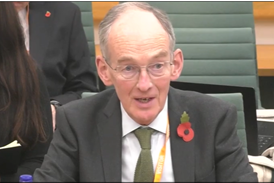
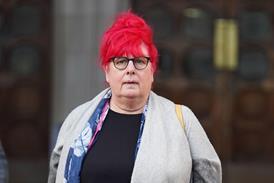


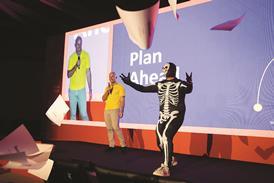



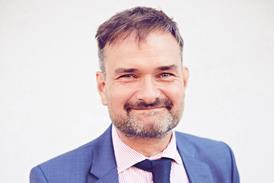


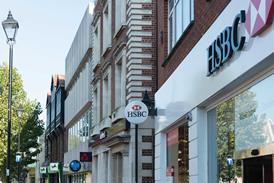





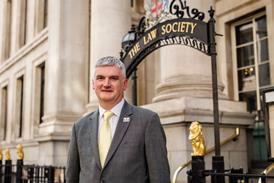
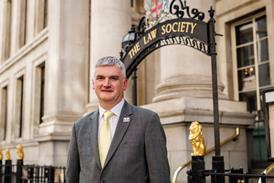











1 Reader's comment